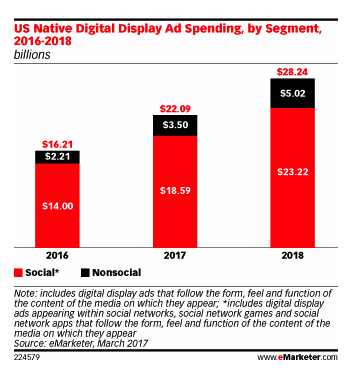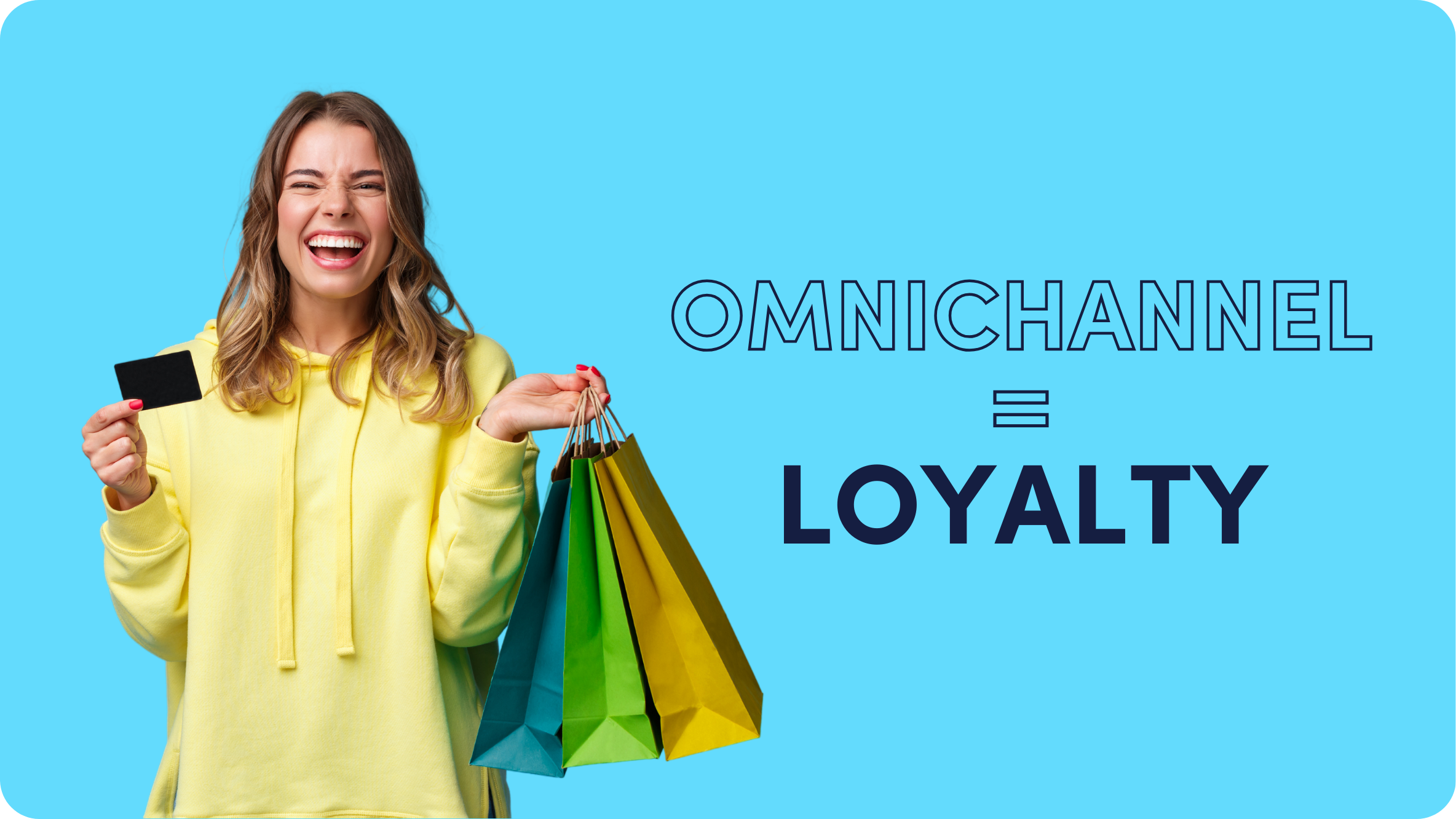3 Ways to Engage Millennials in Your Native Advertising Campaigns

If it feels like you’re hearing a lot about millennials, it’s because they’re everywhere, rapidly changing the consumer landscape as we know it.
Millennials are the most college-educated of any generation in history, and according to Oracle, millennial spending power will reach $3.4 trillion in 2018. And they’re already running the show, as a study conducted back in 2013 found that 87% of millennials had moved into management roles in the previous five years. So, if you’re trying to sell a product or service, whether B2B or B2C, millennials represent a serious chunk of your potential clientele.
What’s more, millennials grew up on the internet, and they’re highly tech-driven. Not surprisingly, they spend the majority of their day on various media (18 hours to be precise). Meaning brands need to think like a millennial when it comes to engaging with this generation of individuals.
Millennials + Native Advertising = Perfect Match
During the same period that millennials have grown into full-blown adulthood, native advertising has grown exponentially too.
In 2016, native advertising spend in the US reached $16B. In 2018, it’s projected to hit $28B. Native advertising works, and it goes hand-in-hand with how millennials consume content.
In fact, a 2017 study showed that one-third of millennials made a purchase after seeing a native ad.

It’s no coincidence that native advertising is a good fit for a millennial audience, seeing as native ads integrate seamlessly with the online experience (which millennials are highly critical of).
Native ads are non-disruptive and personalized (millennials are tired of pushy advertisers), and native advertising is becoming the most popular form of mobile advertising.
If you’re marketing to millennials, native advertising should be an important component of your digital campaigns. But if you’re a native novice, there’s no need to jump in head first.
Start with these three key guidelines to make your native ads a hit with your millennial audience:
#3 Go interactive
When it comes to media consumption, millennials are far from passive creatures. In past generations, TV created captive audiences for advertisers, with viewers having no choice but to wait and watch. But times have changed.
Nearly half of millennials (and Gen Z, the generation after them) don’t watch TV on traditional platforms. Channels such as Netflix, YouTube, and other video-on-demand platforms mean that millennials can take an active role in their TV consumption.
Not only can they can pick and choose what they watch, but also when they watch it. And of course, the internet has given millennials access to global media – anywhere, anytime, all they have to do is tap their screen.
For all these reasons and more, millennials respond really well to interactive content and gamification. Interactive content makes the advertising process a two-way conversation, giving millennials a stake in your ads. For a generation suffering from ad fatigue, it keeps them engaged and active.
The bottom line is this: online ads that incorporate interactive content have a higher conversion rate. So if you want millennials to notice your native ad, make it interactive.
#2 Get personal
You’ve probably heard it before. Apparently, millennials are:
- Entitled
- Overly confident
- Internet addicted
- Socially conscious
- Lazy
- Entrepreneurial…the list goes on.
But if there’s one thing millennials hate, it’s being stereotyped and lumped into groups marked by over-generalizations. This is evident in assorted advertising fails that tried too hard to appeal to millennials but failed with clichéd generational tropes.
In reality, millennials are extremely self-aware and image-focused. And who can blame them in such a selfie-driven world?
They relate to brands which reflect their individuality and that support causes important to them. Advertisers need to stop targeting millennials as a homogenous demographic and start segmenting them into distinctive groups based on their online behaviors and self-proclaimed interests.
#1 Make it an ‘experience’
The days of lifelong brand loyalty are over – a mere 29% of millennials usually buy from the same brand. When marketing to millennials, advertisers have to create a reason for the customer to engage with their ad, and ultimately to convert. In fact, once given a good reason, along with great content, millennials are willing and even happy to pay for content.

Millennial customers must be earned, and often over and over again. The best way to win them over is to create ads that speak to their wants and needs. And what they really want is a lived experience or sense of self-identity that comes with purchasing your product or service.
If you are using native ads to sell to millennials, don’t talk about your product. Sell the experience that can only be had with your product. Make it about them, rather than just communicating a long laundry list of product features.
It’s Not About Your Product
One of the most powerful marketing strategies millennials respond to is influencer marketing.
Get this: most millennials hate ads, but 58% say they don’t mind ads if they feature an influencer. It’s almost as if the product you’re selling isn’t the star of the show at all anymore; it’s who supports it.
Marketing to millennials is about so much more than just your product or brand – it’s about creating trust, being recommended by their friends, creating conversations and connections.
It takes the soft sell of native advertising. And, in our smartphone heavy society, it’s about making those native ads super mobile-friendly.











